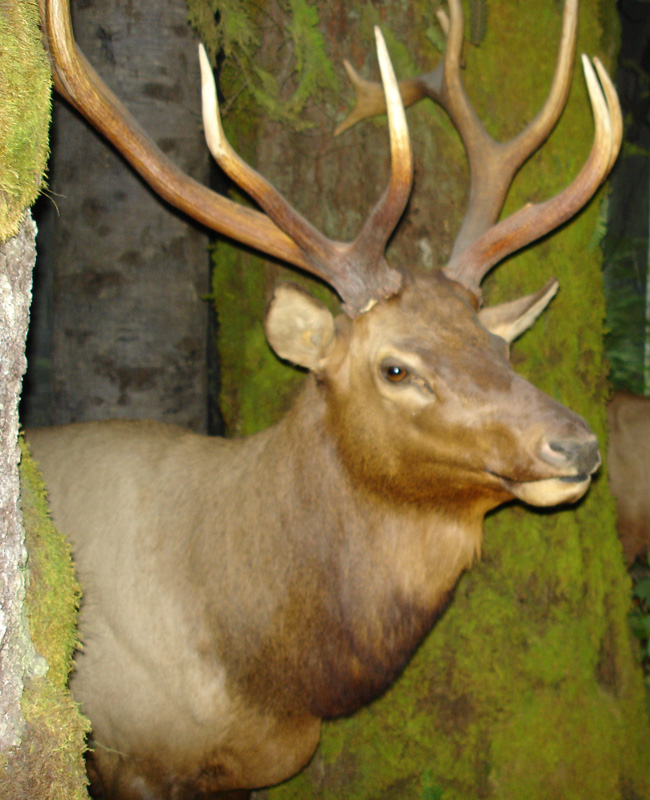
Introduction The elk or wapiti (Cervus canadensis) has long been important to Indigenous peoples as both a source of food, clothing and raw materials and were likely hunted by Indigenous peoples when they first appeared on Vancouver Island. The ancestors of today’s North American elk expanded from Siberia into the new world (Meirav et. al. 2014). They may have taken both inland and coast routes. How long they have existed on Vancouver Island is a subject of interest that has yet to be determined. Could elk have survived on the Island since the last interglacial period? The Changing Climate We do not have much detail on what food resources would be available to elk during the cold periods of the … Continue reading “The Oldest Elk on Vancouver Island”













